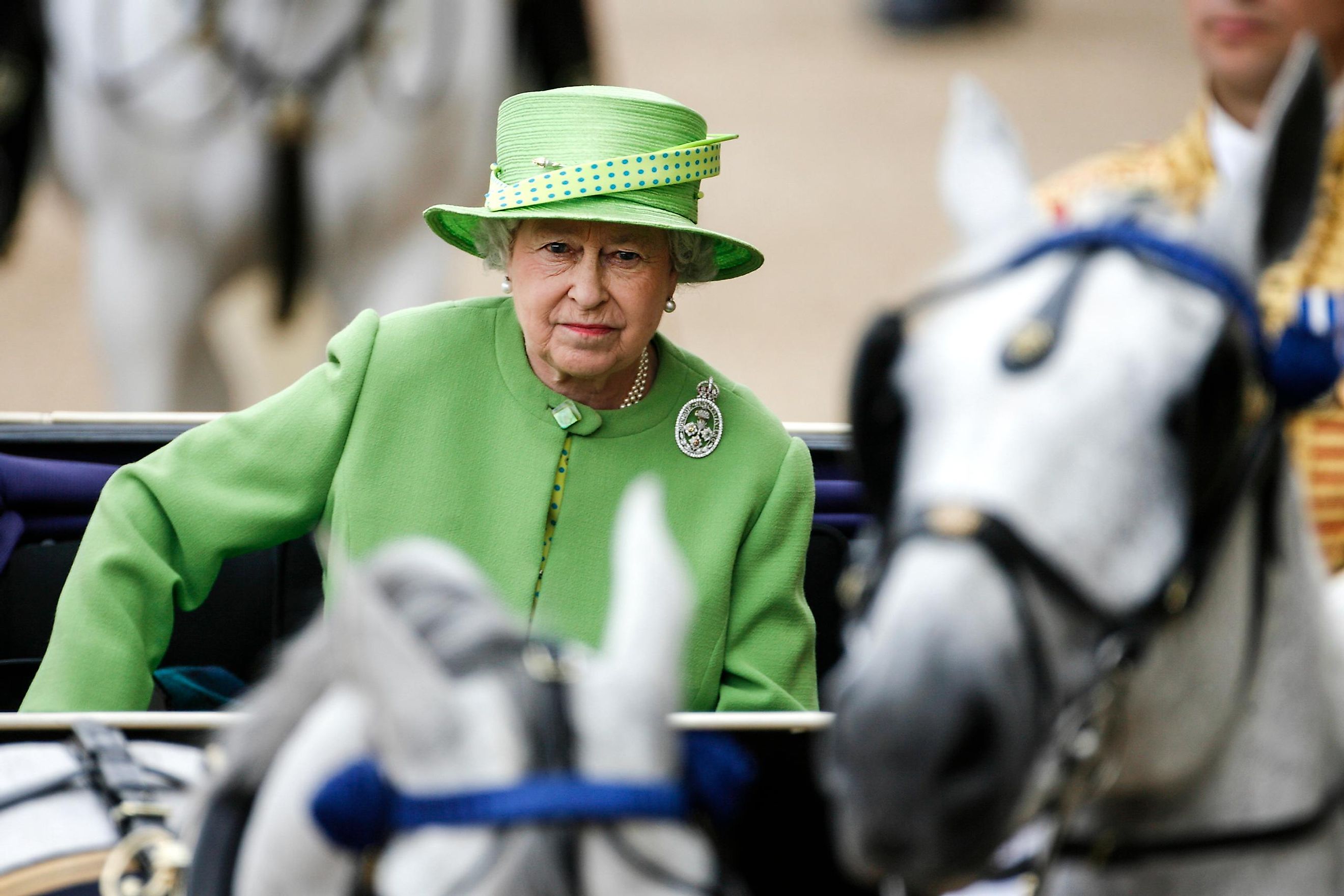
What is Operation London Bridge?
What is Operation London Bridge? It's a question on a lot of people's minds lately, especially in the wake of Her Majesty, the Queen’s passing. While the full extent of the operation is unknown to the general public, it appears to be the entire plan for Queen Elizabeth’s funeral; from the moment of her death, to when she is laid to rest.
Details are still sparse, but here is a breakdown of Operation London Bridge, and its concurrent operations. Keep reading to learn more!
Background For Operation London Bridge
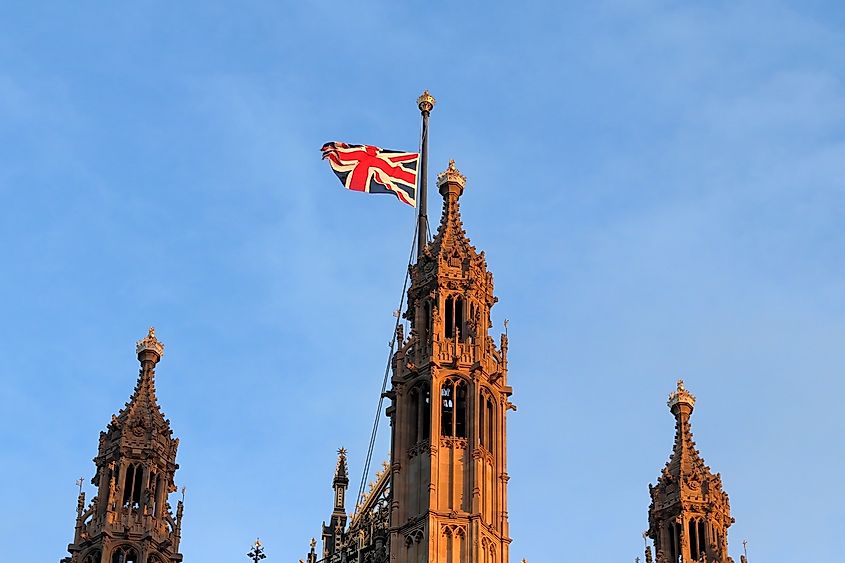
Operation London Bridge (code phrase “London Bridge is down”) is the name for the plan in place for the funeral of Queen Elizabeth II and the ceremonial operations are overseen by Earl Marshal and the officials in the College of Arms.
The original plans were drawn up in the 1960s and have been updated several times since. The operation is updated three times a year via meetings comprising of government officials, police, and newscasters.
The goal of Operation London Bridge is to ensure that the funeral of Queen Elizabeth II is conducted smoothly and with minimal disruption to everyday life. To that end, a great deal of planning and preparation goes into the operation.
Some of the key elements of the operation include:
- Coordinating with several hundred organizations, including government agencies, the Church of England, and various military units
- Detailed plans for security, traffic management, and media relations
- A comprehensive communications plan, involving over 3,000 people
- Extensive rehearsals, involving all of the key personnel involved in the operation
Operation London Bridge is a massive undertaking, but one that is vital to ensuring a smooth and respectful funeral for Queen Elizabeth II.
Timeline For Operation London Bridge
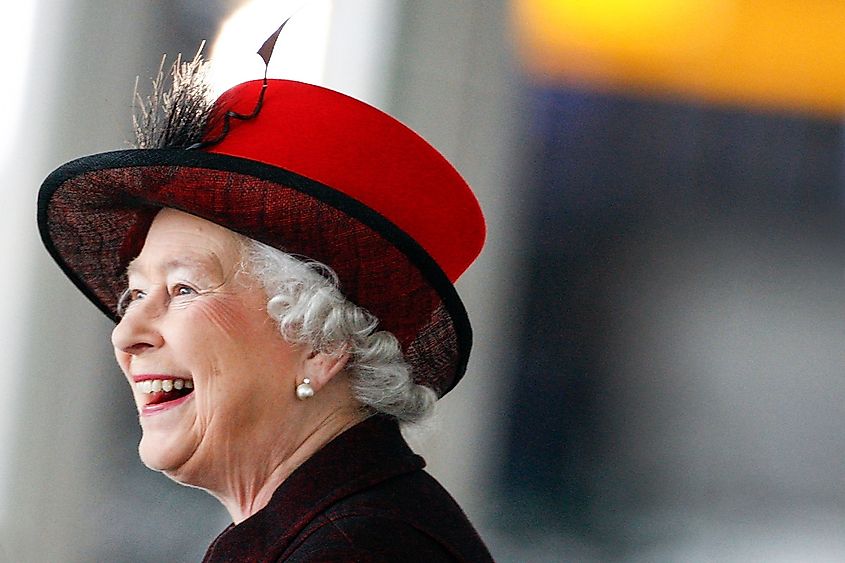
After 70 years of service, the Queen of England passed on at the age of 96, and Operation London Bridge has been put into action.
Communications
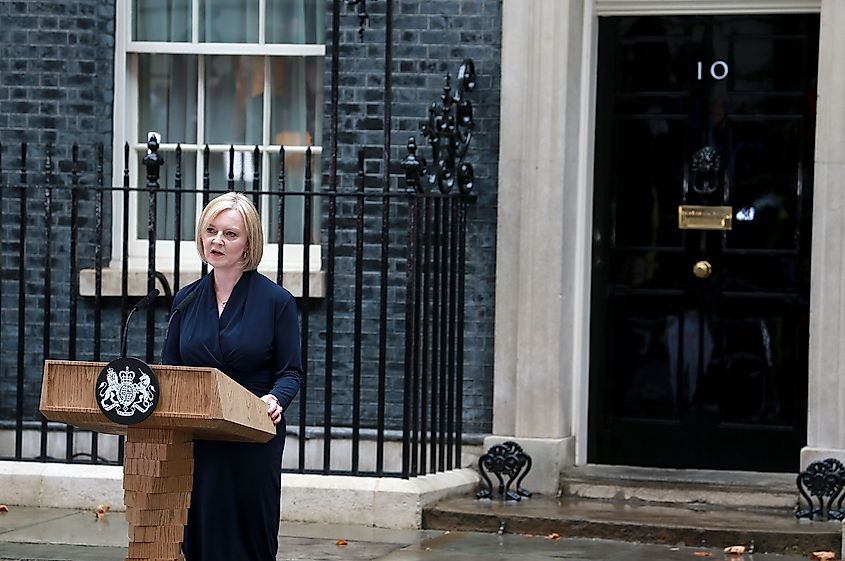
The first person to find out, after her close family and medical team, is her private secretary. They have the unenviable task of contacting the Prime Minister with the news.
But it's not as simple as just making a phone call. The private secretary has to use special secure lines, and they have to use a code phrase: "London Bridge is down".
Then, the cabinet secretary and the Privy Council Office would also be notified by the private secretary. The cabinet secretary would then convey the news to ministers and senior civil servants.
Concurrently, a member of the royal household, Earl Marshal, will meet with King Charles III.
The news of the Queen's death would also be communicated to the governments of the 14 other countries of which Elizabeth is queen (the Commonwealth realms), and to the governments of the other countries of the Commonwealth of Nations. The Foreign, Commonwealth, and Development Office's Global Response Centre, based at a secret location in London, would be responsible for this.
The blue "obit light" system would be put into action, and BBC Two would suspend scheduled programming and switch to BBC One's broadcast of the announcement. Inoffensive music would be played as presenters prepared for a news flash. This is how the world would know that Queen Elizabeth II had passed away.
Additionally, a notice will be pinned to the gates of Buckingham Palace and the palace website will display the same notice.
All government websites and social media accounts will turn black, in accordance with Operation London Bridge. This includes the royal family's website.
Non-urgent content should be avoided during this time.
Addresses and Ceremonies
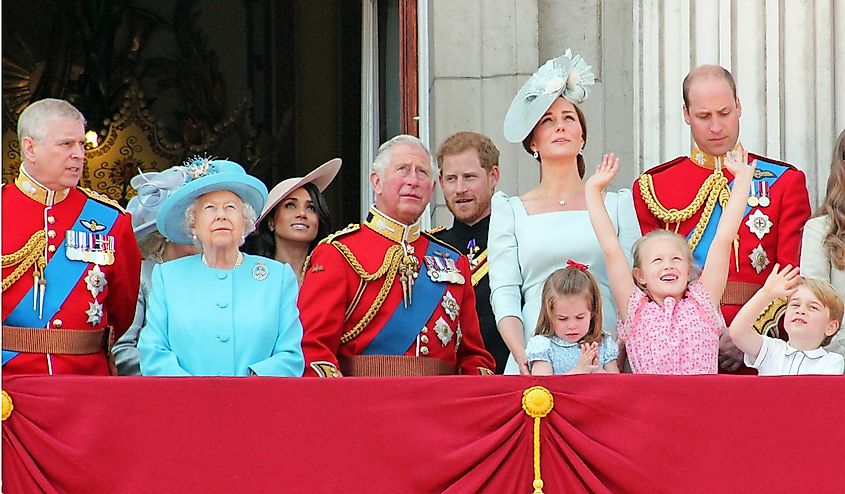
Following protocol, the prime minister will address the House of Commons. King Charles III will then meet with the prime minister and give a speech to the nation at 6 pm the evening following Her Majesty’s passing.
Whitehall and local government buildings will fly their flags at half-mast, and books of condolence will be opened. Ritual or ceremonial ornaments will be placed in blackened purses.
A service of remembrance will be held at St Paul's Cathedral, attended by the prime minister and senior ministers and gun salutes will take place at saluting locations.
Transporting The Coffin
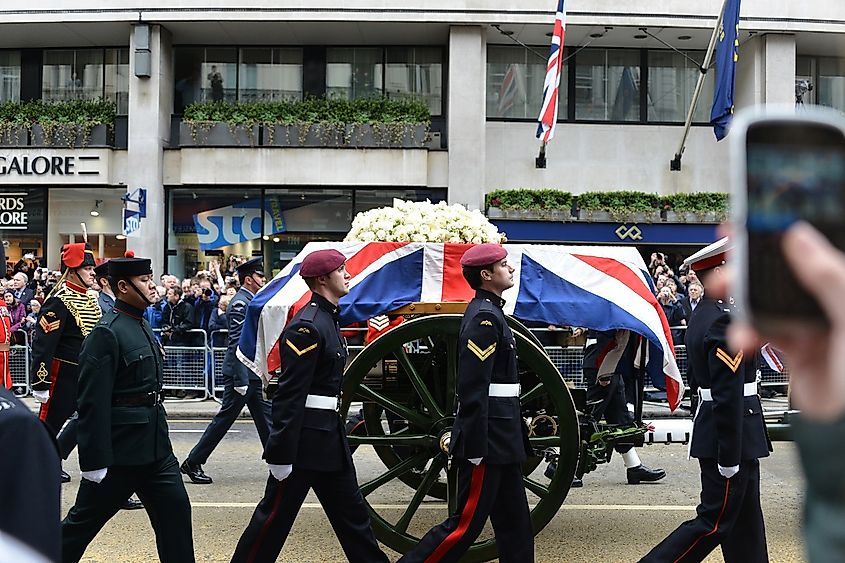
The plan for the funeral of Queen Elizabeth II had different arrangements depending on where she died. If it were at Windsor Castle or Sandringham House, then there would only be a train ride to London's St Pancras railway station to meet the cabinet ministers and prime minister; but if overseas trips were planned then No 32 (The Royal) Squadron will bring her coffin by hearse back into England. In all cases, Queen Elizabeth will be brought to the throne room at Buckingham Palace.
The Queen would lie in state for five days at London's Westminster Hall before being taken to St George’s Chapel - her final resting place.
Operation London Bridge and The Commonwealth Realms
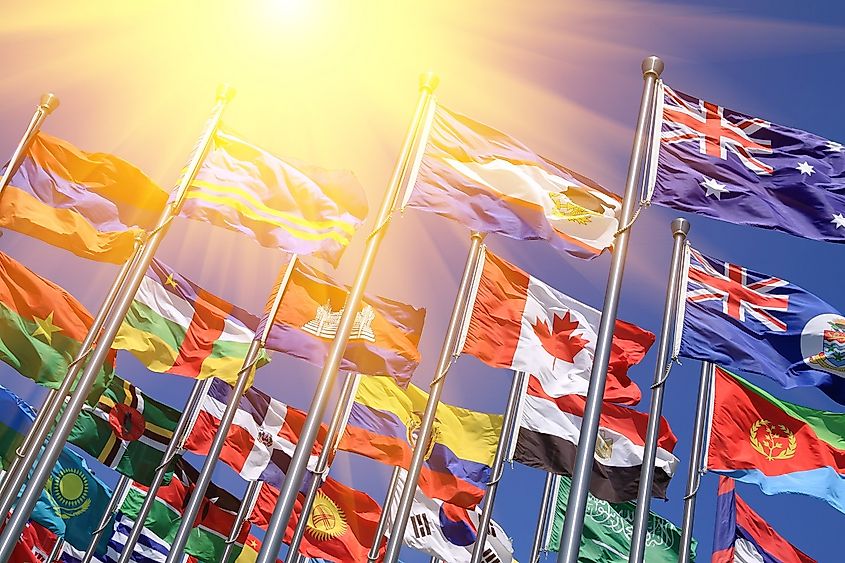
The Commonwealth realms are a group of countries that recognize the Queen as their head of state. These countries include Canada, Australia, New Zealand, and several others. The governments of each of these countries have their own plans for what follows Queen Elizabeth’s death.
Australia
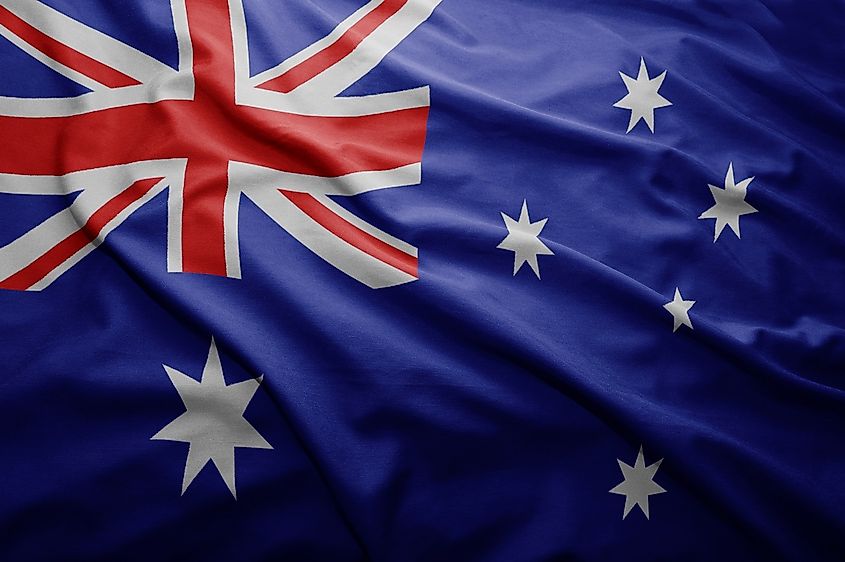
The death of Queen Elizabeth II will be announced with great ceremony and respect in Australia. Statements have already been drafted for the prime minister and governor-general. The flags will fly at half-mast immediately for ten days, except for the day of King Charles III's accession to the throne. Australia has also stated that it is observing a National Day of Commemorating, which may be proclaimed as a national holiday.
Canada
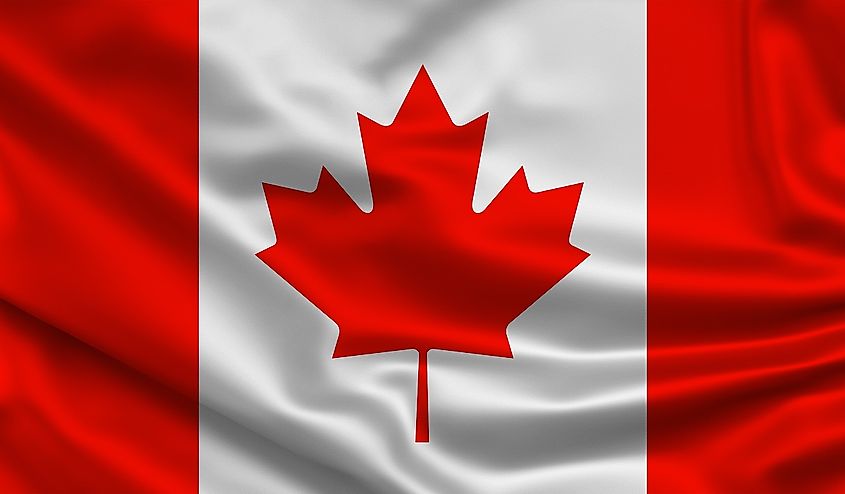
The cabinet was called to Ottawa and after receiving word of the Queen's death, they announced that King Charles III has been proclaimed “lawful and rightful liege”. The Privy Council for Canada convened with this new lawful ruler in order of decree throughout all provinces. The federal government has also announced that a mourning period for Elizabeth II would take place, the length of said period to be determined. The government of Canada also plans on holding an official memorial service in Ottawa during this time.
New Zealand

When the news of Queen Elizabeth II's death reached New Zealand, it was announced via established communication channels between the Royal Household and government facilities. When the head of the Ministry for Culture and Heritage was informed, they had to request that New Zealand's flag be lowered at half-mast up until the funeral date. The only exception will be the day of King Charles’s ascension to the throne.
In Summary
That’s all for now on Operation London Bridge! We hope you found this post informative. It will be interesting to see how the rest of the operation unfolds, and what kind of changes are made in light of the Queen’s death. As more information is released, we will be sure to keep you updated. In the meantime, stay safe, and may the Queen rest in peace.











